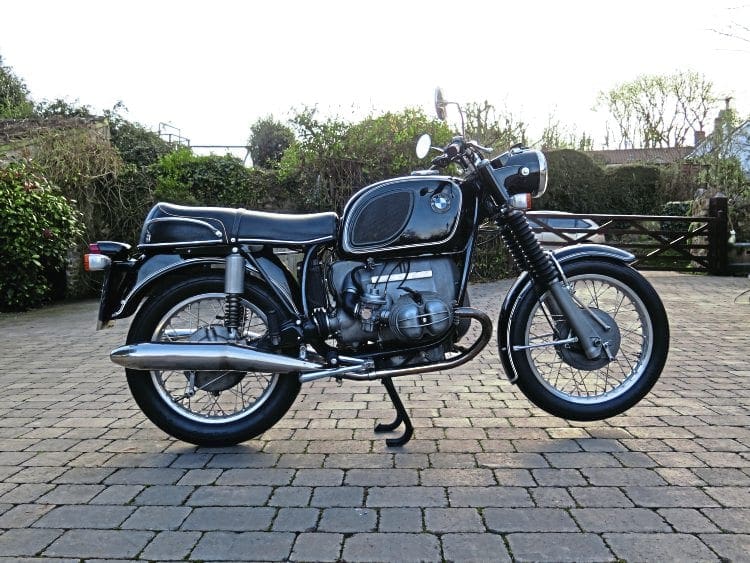BMW’s great leap forward came with the /5 series, like this range-topping R75/5
WORDS AND PHOTOS BY OLIVER HULME
WIRTSCHAFTSWUNDER IS ONE of those splendid German compound words that tell a story. The event Wirtschaftswunder – in English it means economic miracle – refers to is the way German manufacturing recovered despite being almost completely ruined at the end of the Second World War, where those parts of Germany’s industry that hadn’t been bombed into oblivion or destroyed by the defeated Nazi government were taken away to Moscow, Detroit or Birmingham.

Munich-based BMW had been making aero engines and had lost their main car and motorcycle plant in Eisenach, now firmly in the Russian zone. The Munich factory was not allowed to make motorcycles in the first years after the war; BMW were turning out pots and pans using whatever scrap metal they could lay their hands on, as most of the Ruhr valley’s steelmaking plant had been stripped and shipped abroad. In 1948 the occupying powers decided that BMW could make motorcycles again, and by 1949 the company had turned out 9,000 R24 singles before being allowed to build their famous flat twins again.
BMW’s designers came up with big, heavy motorcycles. Well-engineered, these were little more than updates of their 1930s designs and their basic principles endured until 1969. These high quality Earles forked motorcycles were most commonly bought by connoisseurs and ‘gentlemen’ motorcyclists, but the main buyers for the solid and expensive flat twins were police forces across Europe.
Read more in the May issue of CBG – on sale now!




